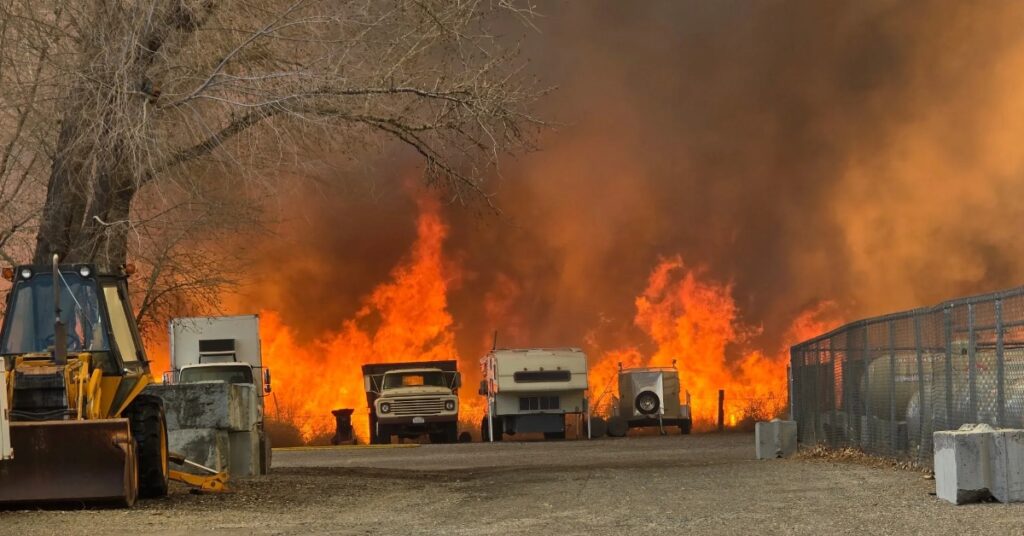
The California Silver Fire is a rapidly spreading wildfire that started on Sunday, March 30, 2025, on Highway 6 and Silver Canyon Road north of Bishop, California. First reported at roughly 2:11 p.m., the fire quickly expanded to more than 1,000 acres by Sunday evening, spurring evacuations in parts of Inyo and Mono counties. By Monday, the fire had grown to approximately 1,589 acres and was 47% contained as firefighters effectively halted its forward spread. Strong winds, reaching gusts of up to 65 mph, significantly complicated firefighting efforts, grounding aircraft and complicating containment.
California’s Wildfires
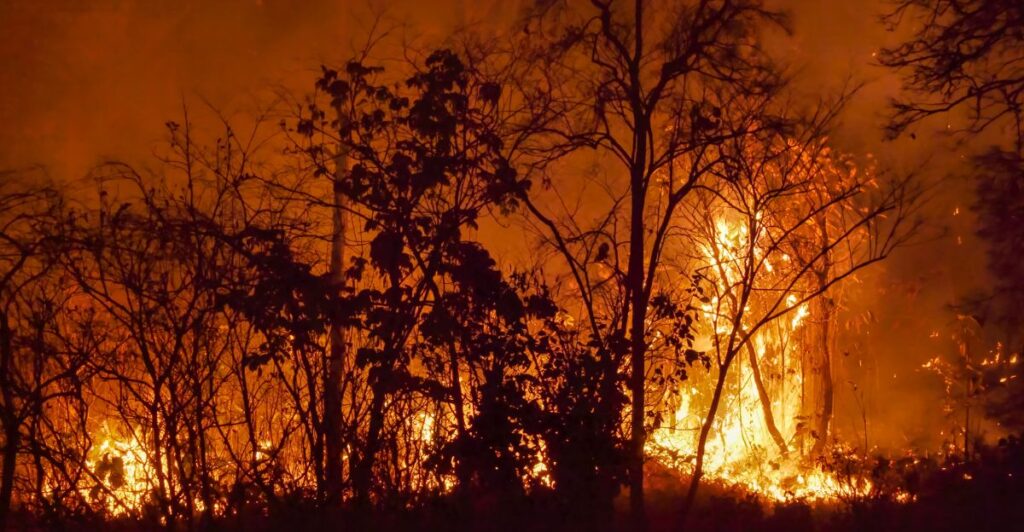
California has also seen its share of wildfires due to the state’s dry climate and vegetation. However, the Silver Fire illustrates the persistent challenges that those fighting such blazes face, most notably from unpredictable wind patterns.
California has suffered from some of the worst wildfires of the past few years, which, in many cases, have been aggravated by climate change and severe drought conditions.
While not as large as some of the previous fires, the Silver Fire is considered extremely dangerous because it is moving quickly and could reach populated areas.
Effects on Environment
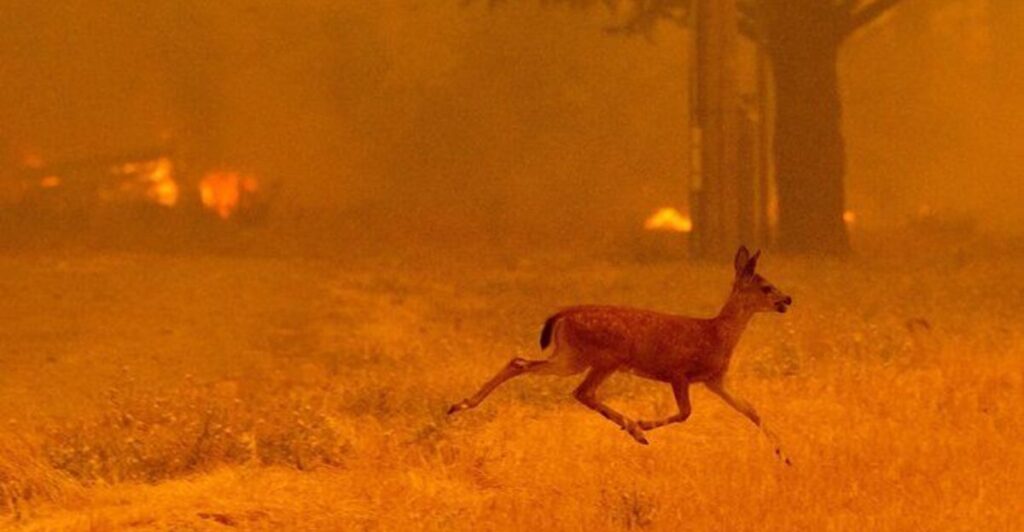
The Silver Fire’s impact on local wildlife and vegetation is substantial. It has engulfed almost 1,600 acres, damaging habitats and potentially displacing wildlife. The region’s extreme drought conditions have helped fuel the fire’s rapid spread and highlight how vulnerable California ecosystems have become to wildfires.
Such environmental destruction can lead to long-lasting impacts on biodiversity and ecosystem health, highlighting the importance of implementing effective fire control measures.
Evacuation Efforts
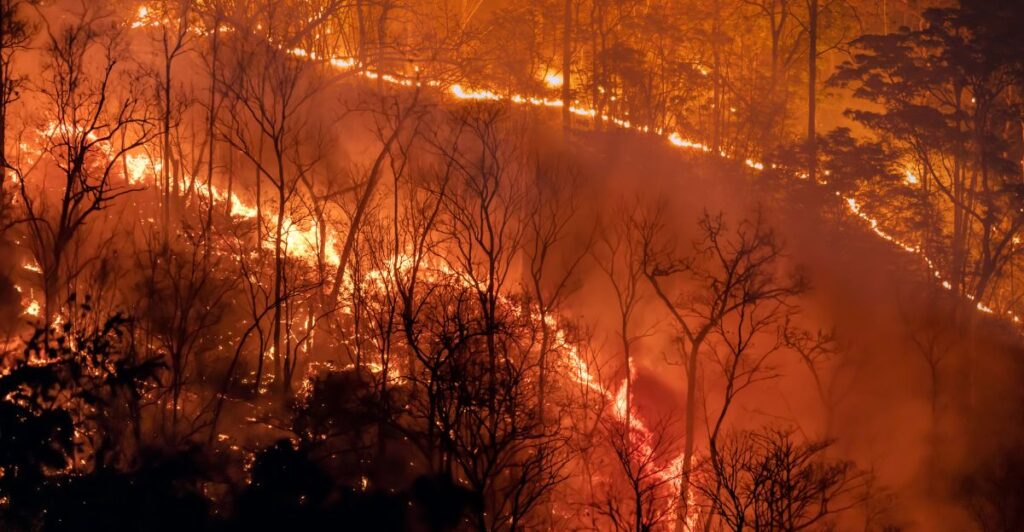
Evacuation orders were issued for several communities, including Laws, Chalfant, and White Mountain Estates, affecting about 800 homes. The Bishop Senior Center served as an evacuation center, while the TriCounty Fair Grounds provided shelter for pets.
These efforts highlight the coordination between local authorities and emergency services in responding to wildfires, ensuring pubic sfaty despite the challenges posed by strong winds and fire spread.
Firefighting Challenges
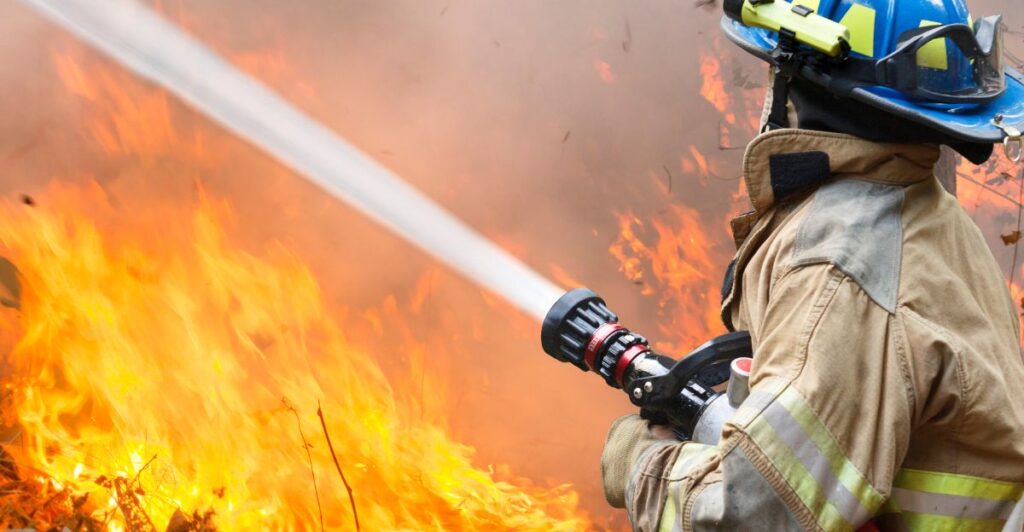
Firefighters faced significant challenges due to strong winds that grounded aircraft and complicated containment efforts. The National Weather Service has issued a high wind warning, forecasting gusty winds of up to 65 mph, which will hinder firefighting efforts.
Despite these conditions, firefighters managed to stop the fire’s forward progress by Monday evening and were successful in their response despite all possible adversities.
Economic and Social Impact

The Silver Fire has economic and social consequences. In addition to the direct firefighting and evacuation costs, the fire directly impacts local businesses and residents who depend on tourism and agriculture.
A 30-mile stretch of Highway 6 is also closed, hindering transportation and commerce in the region. Additionally, the psychological implications for the affected communities compelled to leave their habitats should not be ignored, as it can lead to long-term stress and anxiety.
Climate Change Connection
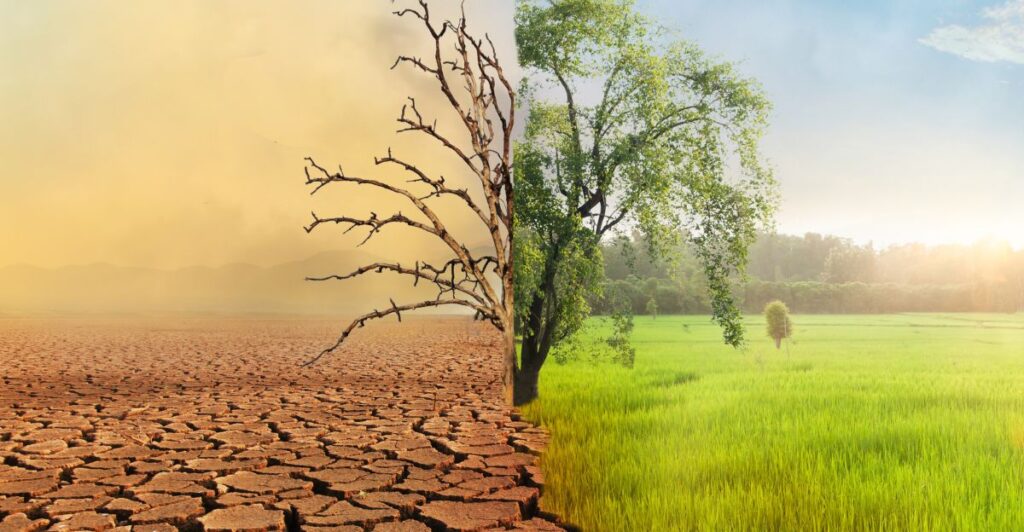
While the cause of the Silver Fire is still under investigation, the broader context of climate change cannot be ignored. California’s severe drought conditions and the increased frequency of wildfires are linked to climate change, which exacerbates fire risks by creating drier conditions.
This narrative highlights the importance of adapting to changing conditions and calling for action to mitigate these effects, such as enhanced fire prevention strategies and climate-resilient infrastructure.
Innovative Solutions

Innovative solutions are essential for wildfire control, as seen in the Silver Fire. Technologies such as drones equipped with fire retardants and advanced weather forecasting tools can enhance firefighting capabilities.
Additionally, community-based fire prevention and preparedness programs can also limit the quick spread of wildfires. These strategies demonstrate how technology and community involvement can help mitigate the impact of wildfires.
The Plan Ahead
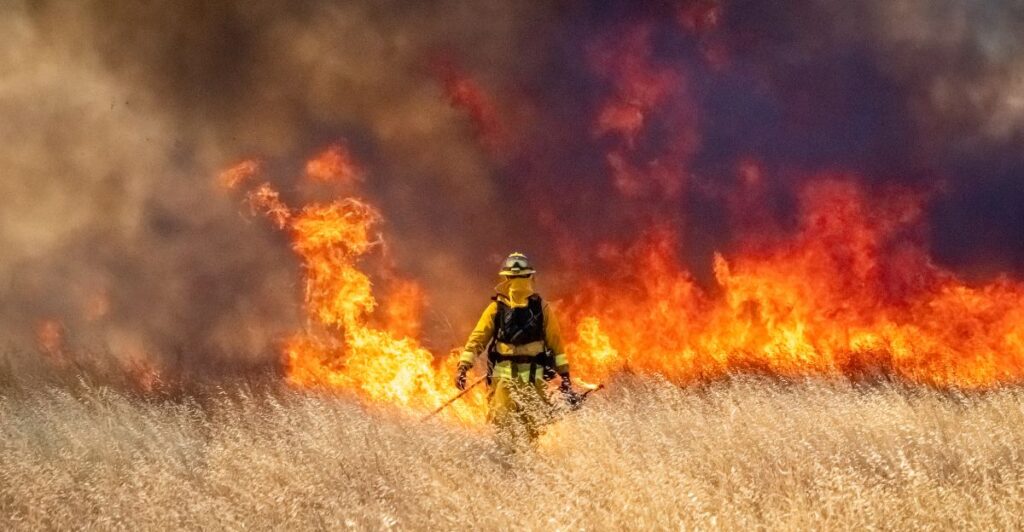
Wildfires in California are nothing new, and neither are the dangers they bring with them. Projections indicate that climate change will continue to worsen these risks, making planning and investment in fire management infrastructure even more critical.
By integrating climate resilience into land use planning and emergency response strategies, California can better prepare for future wildfires and reduce their impact on communities and ecosystems.
An Important Case Study
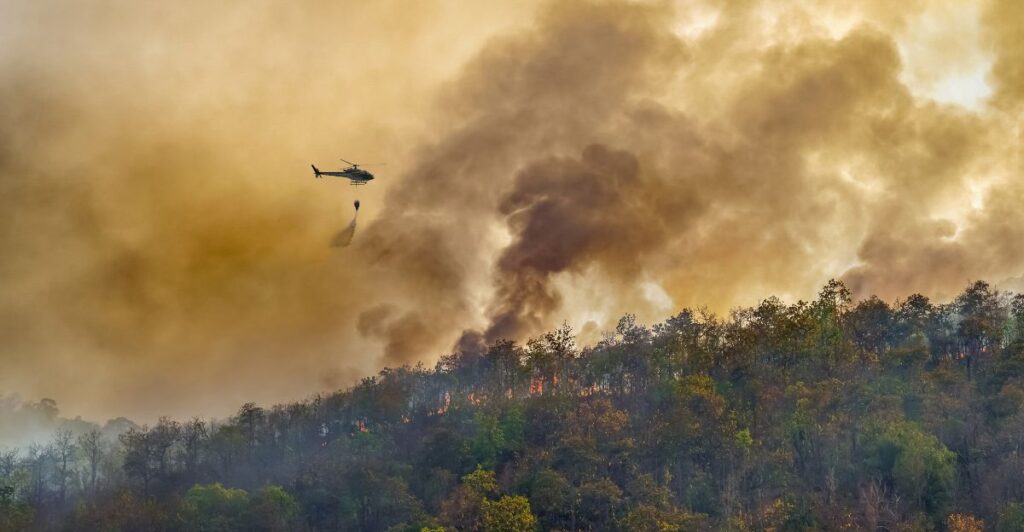
The California Silver Fire is just one of many, it underscores the complex challenges posed by wildfires in the state. The fire highlights the need for broad-based strategies to address environmental impacts as well as economic and social effects.
With the power of technology, engagement with local communities, and climate-resilient planning, California can more effectively navigate the growing frequency of wildfires.
As such, the Silver Fire serves as a critical case study for policymakers and emergency responders alike, emphasizing the importance of proactive measures in managing wildfires effectively.
Explore more of our trending stories and hit Follow to keep them coming to your feed!

Don’t miss out on more stories like this! Hit the Follow button at the top of this article to stay updated with the latest news. Share your thoughts in the comments—we’d love to hear from you!







